A glimpse into the ACT’s pioneering past
Namadgi National Park is regarded by many as Canberra’s ‘backyard’. It is home to a copious amount of native flora and fauna, natural environments and Indigenous and European cultural sites. Throughout Namadgi, there are numerous bush walking tracks, and for a small fee at the Visitors’ Centre you can purchase a map which gives you access to all tracks within the park. Unfortunately, due to the 2019/20 Summer bush fires, a number of the tracks are closed, damaged or under maintenance. However, there is one track that escaped the destruction the fires caused, the Settlers Track walk. I completed the walk and camped overnight to experience the ACT’s rural beginnings.
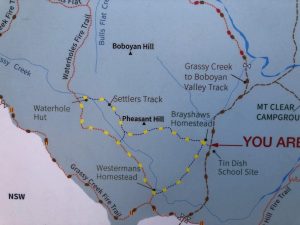
Brayshaws Homestead
Settlers Track is a loop walk with three late 19th to early 20th century huts along the way, giving you a glimpse into what life was like for some of Canberra’s earliest settlers. The walk begins at Brayshaws Homestead, about one-hundred metres from the car park. It is named after David Brayshaw who lived there for 28 years from 1903-1931. After his death, the house was bought and sold a couple of times, with the property being privately owned until 1973.
View this post on Instagram

Between the first two settlements, human intervention on the countryside is evident with ring-barking being present on gum trees throughout the walk. This was done to clear areas of bush to make way for agriculture such as cattle or crops. Old fences and cattle troughs are still visible along the walk today.
Waterhole Hut
After about an hour and a half walking through dense bush land, a clearing appears and in the distance is the next hut, Waterhole Hut. This hut was used as a stockman’s hut, one of many throughout Namadgi National Park. They were not permanent residences. Built in 1939, it served as a bush shelter while stockmen tended to cattle and sheep.

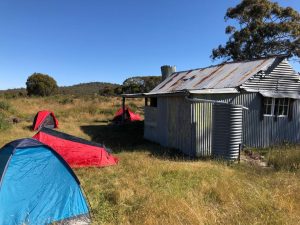

This is where we camped overnight. The hut is near the bank of a small waterhole (hence the name), and overlooking the hut are numerous large granite boulders. If stood on, they give you a great view of the surrounding valley. In my view, the best part about camping was enjoying the peace and quiet while falling asleep stargazing.

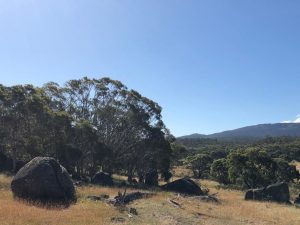
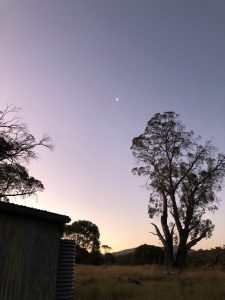
Westermans Homestead
At dawn we were then off to the third and final hut, Westermans Homestead (also know as Lons Vale Homestead). The Westerman family lived in the original hut for fifty-two years from 1882 until 1935, raising a family of six children. The hut that you see today was built in 1916. Graves of two of the Westerman children are located on a hill overlooking the site.
View this post on Instagram
A lot of refurbishment has taken place over the years to make sure these huts remain in good condition, thanks to the hard work of the Namadgi National Park staff. My personal highlight is the peace and quiet, sitting on top of the granite boulders hearing nothing but the rustle of gum leaves and birds chirping puts all your worries at ease. This is something most of us are missing out on these days, so I challenge you to come out and experience the great outdoors to enjoy the tranquility.
Settlers Track is one of the ACT’s best walking destinations. It is a worthwhile visit for anyone wanting to have a glimpse into the history of the ACT and surrounding region, or if you just want to get away from it all. Camping is definitely the best option as you immerse yourself in the environment of an early pioneer.
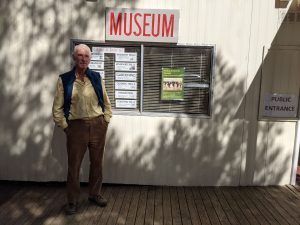
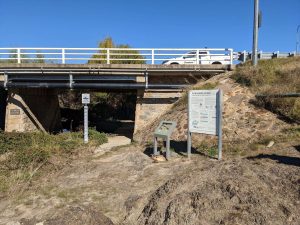
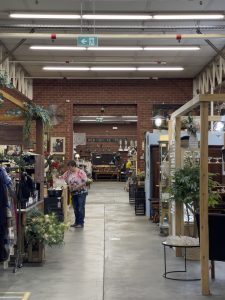

Be the first to comment!